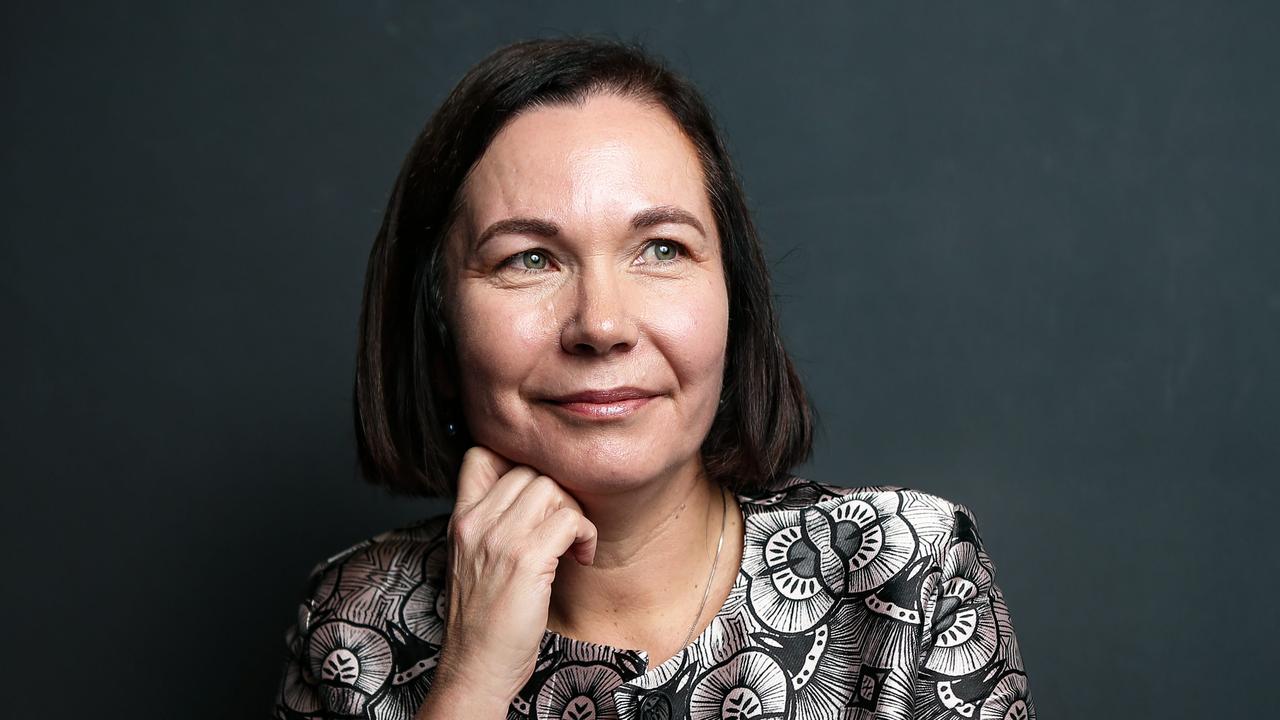The Victorian government is writing 36,700 more pay cheques than it was four years ago, as Daniel Andrews’s Labor government marches along an ill-defined path to bureaucratic socialism.
Fewer than one in 100 of those new jobs is in the police force, a pity since the keeping of law and order south of the Murray is not, one may say, as robust as one may hope. One in 10 Victorians feels unsafe in their house at night, three times more than in 2014. Three in 10 feel unsafe walking in their neighbourhood after dark, a third more than when Labor came to power.
Meanwhile, Victoria Police has sunk deeper into a bureaucratic sludge from which it seems unlikely to emerge. Under Andrews, the number of public servants attached to the force has risen four times faster than the number of sworn officers. Close to one in four police employees lacks the power of arrest, hitherto considered an essential item in the law enforcement toolbox.
Their contribution is reflected in dispiriting documents such as the annual report that measures the force’s performance not in, say, the number of lags locked up or home invasions thwarted but on the number of “deliverables” delivered along “transformation pathways”. To be assigned to signalling duty in Victoria once meant a hapless spell of arm waving with a whistle in your mouth. These days it is writing the virtue-seeking annual report.
Gender diversity and inclusion policies are promoted across the organisation, we are told. “Broad-based leadership capability uplift” is being implemented. Initiatives have been prioritised, commitments adhered to, frameworks framed and focuses maintained.
Building managers are complying with the Victoria Police diversity and inclusion framework by including spaces for multi-faith religious observance, all-gender bathrooms, breastfeeding safe-spaces and other carer needs.
Victoria Police, in other words, has become absorbed in the same witless, lily-livered, tiptoe-around-the-tulips nonsense that infects every institution top-heavy in bureaucrats who recruit graduates in cultural change management.
The organisation has fallen victim to what Nassim Nicholas Taleb recently identified as the curse of modernity. “We are increasingly populated by a class of people who are better at explaining than understanding.”
The public expects something better judging by the Productivity Commission’s latest findings on police forces around the country.
The proportion of Victorians who say they are satisfied with police services has fallen from 78 per cent to 70 per cent in four years. The tone of callers on talkback radio recently suggests disgruntlement may run deeper.
It is a harsh fact of life that those who join the police force must have a higher appetite for risk from those who, say, choose basket weaving. Facing an angry person, whether man, woman or self-described, requires courage and nerve to think clearly on one’s feet, reading to changing circumstances and acting on incomplete information.
Instead the bureaucracy seems intent on purging every ounce of initiative from their heads and ring fencing them with compliance rules.
Notwithstanding the brave action of the police who killed a terrorist in Bourke Street 10 days ago, concern remains that a “risk-averse” approach by Victoria Police command is discouraging officers to make autonomous operational decisions.
The inaction of police in last year’s Bourke Street massacre is in the spotlight once again after the trial of James Gargasoulas who was found guilty a week ago of killing six people with a weaponised Holden Commodore.
That a police officer should resort to sending a text message saying “I’m telling you, you are making a big mistake” to an enraged man driving like a maniac is a sign of the enfeeblement of modern policing.
Police had been on Gargasoulas’s tail for 12 hours. Nine hours earlier the Critical Incident Response Team had ignored pleas from colleagues to stop him. The air wing had followed him.
Gargasoulas’s reckless action ended only when his car began to mechanically fail.
The Coroner’s verdict on police tactics will make interesting reading. The inevitable consequence of the back-off-unless-safe approach is to let car-jackers go free and encourage criminals to start car chases, knowing that Victorian Police regulations won’t allow them to complete them.
The notion that the job of the police is to fight crime appears to have been forgotten. In his foreword to this year’s annual report, Graham Ashton sounds like a health and safety official rather than the chief commissioner of Australia’s second largest police force. The role of the police, he tells us, is “to promote a safe, secure and orderly Victoria”.
The force “continues to manage, co-ordinate and educate employees to improve safety awareness across the workplace”, he writes. Occupational health and safety workplace incidents are down by 12 per cent.
A new anti-bullying framework will further address “inappropriate behaviours in the workplace”, he goes on. The organisation is committed to “creating a self and inclusive work culture”. Strong executive leadership is driving “cultural reform”, developing “action plans to address respectful and inclusive work practices”, “supporting human rights awareness”, setting up women in policing local committees to “provide female employees a safe and constructive forum to raise relevant workplace issues”.
There’s not a mention in his foreword about ice epidemics, African crime gangs, Airbnb demolition parties or radicalised Islamists turning cars into bombs and stabbing cafe proprietors.
Nor is there any acknowledgment that police officers, like soldiers, sometimes are called on to put themselves in harm’s way to protect the safety of others.
Instead we’re confronted with a frightening example of Pournelle’s law, coined by science fiction writer Jerry Pournelle. “In any bureaucracy, the people devoted to the benefit of the bureaucracy itself always get in control,” he wrote. “Those dedicated to the goals the bureaucracy is supposed to accomplish have less and less influence, and sometimes are eliminated entirely.”
Nick Cater is executive director of Menzies Research Centre.




To join the conversation, please log in. Don't have an account? Register
Join the conversation, you are commenting as Logout